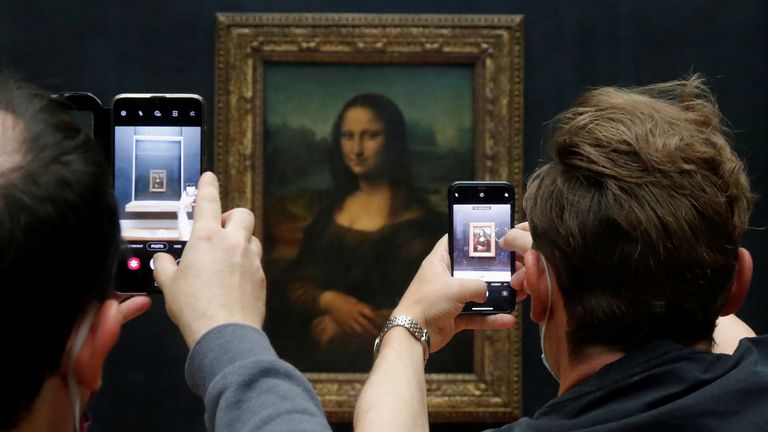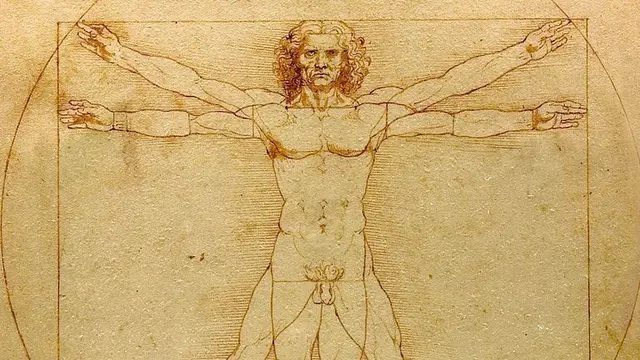A decade-long investigation into Leonardo Da Vinci's DNA has found 14 living male relatives, from whom it hopes to uncover the secrets of his genius.
Da Vinci was a renaissance polymath whose works include some of humanity's most famous religious paintings as well as scientifically exact anatomical and technical drawings that prefigured the invention of helicopters and tanks.
Anthropologists aim to sequence Da Vinci's DNA "to understand better his extraordinary talents, notably his visual acuity, through genetic associations" and hope to create a three-dimensional image of the man if sufficient genome sequence data is available.

Image:Da Vinci's painting Mona Lisa has captivated people for centuries
Previous research has described how Da Vinci's drawings of birds and dragonflies show a "supernormal' ability to observe rapid movement, and posited that this was due to a combination of genetic traits and training.
The new extensive study, published by the journal Human Evolution, tracks the continuous male line across 690-years, from Leonardo da Vinci's grandfather Michele through 21 generations, including five family branches, to 14 living descendants today.
Michele Da Vinci was born in 1331. His grandson Leonardo was born in 1452, but the artist had no children of his own, although he had at least 22 half-brothers.
The researchers are following the Y-chromosome which fathers pass on to their sons, and which Leonardo's indirect descendants should share with the painter himself, although a few mutations may have taken place in 25 generations.
"Comparing the Y chromosome of today's male relatives with that of their ancestors in ancient and modern burial sites would both verify the uninterrupted family line and certify Leonardo's own Y chromosome marker," the researchers explained.
Da Vinci's remains are believed to be interred in a chapel of the Chateau d'Amboise, overlooking the river Loire in France, although their exact location is unknown.
The Leonardo Da Vinci DNA Project aims to conclusively determine whether any remains there are actually his, as they were moved after his initial burial in 1519.
Although the examination of corpses can be a culturally challenging activity, it could be considered acceptable with Da Vinci as the man had himself received a dissection license and made such detailed drawings of the human body.
 简体中文
简体中文





